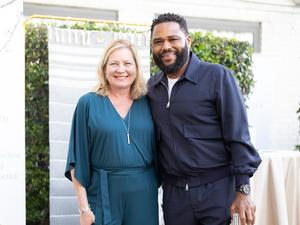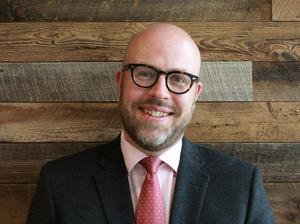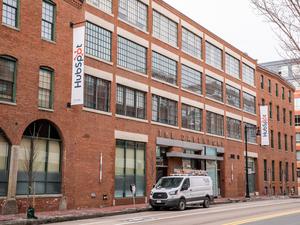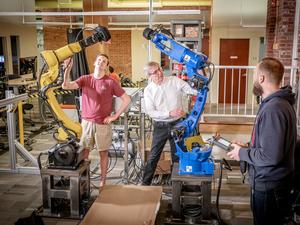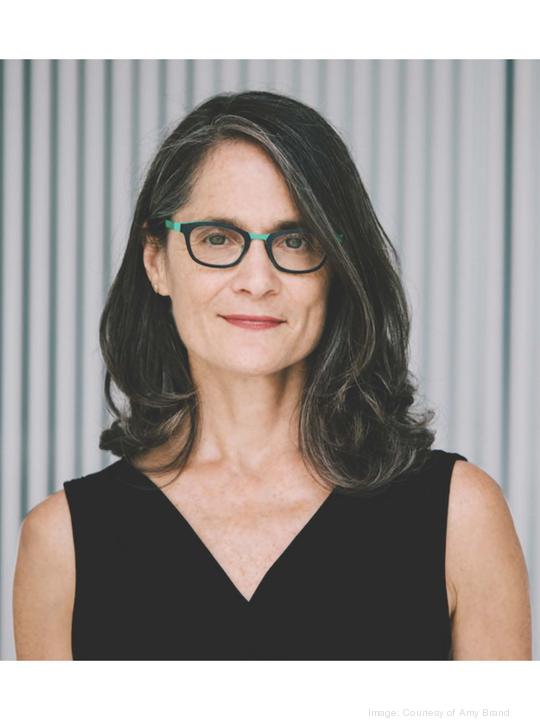
Nonprofit book publishing is not an industry typically known for innovation. But Amy Brand has made a name for herself by shaking things up at the MIT Press, where she's served as director and publisher since 2015.
Since joining the Press, Brand has led a series of changes that set the nonprofit apart. She launched a new open-access business model for scholarly books, guided the nonprofit to publishing more books by diverse authors and launched a collaboration with a children’s publisher.
Brand has also taken on projects outside MIT, including executive producing the documentary Picture a Scientist that highlights gender inequality in science. The documentary was shown at the Tribeca Film Festival and is on Netflix.
Brand received her doctorate from MIT in cognitive science in 1989 and went on to hold roles in communications, publishing and open information access at MIT, Digital Science and Harvard before joining the Press.
The MIT Press is a name recognized around the world. It sells more than one million books every year and has a budget of $28 million a year, making it one of the largest academic presses in the world.
Brand spoke with BostInno about the new tools, partnerships and business models the MIT Press has undertaken during her tenure and the importance of innovation in every industry.
Before joining the MIT Press, you had served in a few publishing and academia roles. What about this role felt different and drew you back to MIT?
At first, I thought, "Well, that seems like it’s going back to something I did earlier." But in fact, as I got to understand better what the opportunities would be to not only run one of the largest and most prestigious university presses in the world, but also to have the support to reimagine what a publisher based at a university can do, and to be innovative in how I publish and the business models that we use.
How does a university press differ from other publishers?
(We) are expected to publish in a way that isn’t completely driven by market forces. We’re mission-driven organizations. We see ourselves as key to the academic enterprise. We provide this very important function — which commercial publishers do not — around peer review.
You’ve led several initiatives during your time at the MIT Press, including creating a new business model for the nonprofit. Can you explain how this new model works?
I’m very proud of the fact that we’ve been a real leader in open access, and in particular, around innovative business models that aim to be sustainable, while making the digital versions of this content free to read. This year we launched something called Direct to Open, which is a kind of collective funding or subsidy model through participating institutions. When we reach a threshold of participation, we can flip the whole group of books to open access.
Why did you push for this new model?
Scholars who write these books obviously want to have as much impact and influence as possible. And they too are interested in making sure that regardless of where someone is in the world and what their socioeconomic status is that they can have access to this content. It really is about making participation and accessing and creating knowledge as equitable as possible.
MIT Press has also been making investments in recruiting diverse authors. How does that program work?
We started, about three years ago, a program called our Fund for Diverse Voices. The idea was to be able to attract a more diverse author base to the Press, and, at the time, writing in STEM fields. We’re no longer exclusively focused on diversity in STEM. We see it as across what we’re publishing. And the program provides financial support to people who are writing books who otherwise might not otherwise have access.
You’ve also struck up a partnership with Candlewick Press in Somerville to reach young adults and children with STEM books. What have been the results of this new partnership?
We started talking about it three years ago probably, but the first book came out last summer. It was a book by the writer Alan Lightman who’s a professor at MIT. It’s about a grandfather and his granddaughter looking at the stars and he talks to her in a way that is intended to get her interested in astrophysics.
Why is it important for MIT Press to promote innovation instead of doing the same old projects?
I believe that when we think about solving problems in the world — and there are a lot of big, global problems right now — it’s how to mobilize knowledge there. How do you make the best ideas accessible and useful, and how do you have the largest participation in these fields? That’s the way that I think about it. I don’t think I would be happy sticking to the real basics of we publish and print books and journals and that’s that. It wouldn’t be very imaginative and it wouldn’t be being real to the vision that we have at MIT in general.
